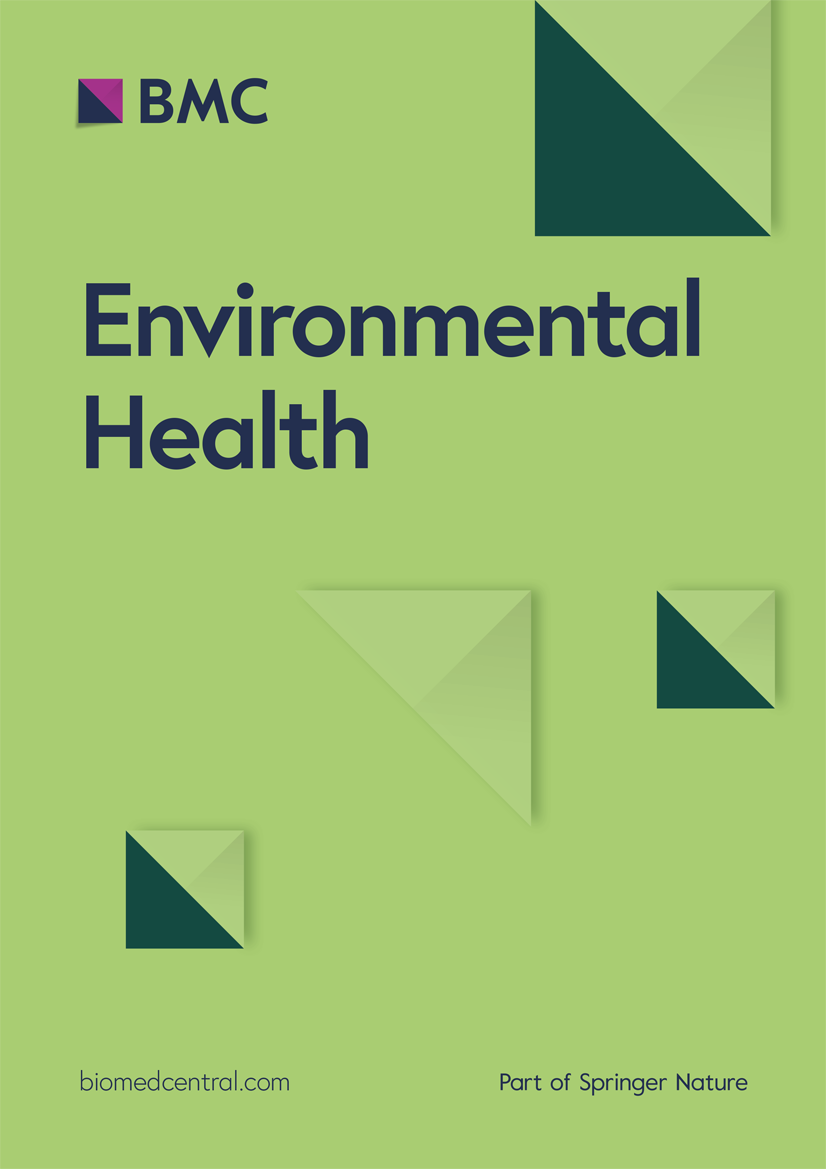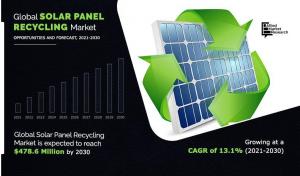Report on the Joint Platform for Migrants and Refugees: Advancing Sustainable Development Goals in Egypt
1.0 Executive Summary
On 20 October 2025, a high-level event convened in Aswan, organized by the Government of Egypt, the United Nations, and the European Union. The event reviewed the progress of the Joint Platform for Migrants and Refugees, a collaborative initiative designed to support migrants, refugees, and host communities. This report outlines the platform’s achievements, framing them within the context of the 2030 Agenda for Sustainable Development. The initiative demonstrates a strong commitment to achieving key Sustainable Development Goals (SDGs), particularly those related to health, inequality, peace, and partnerships, underscoring a collective dedication to the principle of “leaving no one behind.”
2.0 Alignment with Sustainable Development Goals
2.1 SDG 3: Good Health and Well-being & SDG 10: Reduced Inequalities
The Joint Platform has made significant strides in ensuring equitable access to healthcare, directly contributing to SDG 3 and SDG 10. By providing essential services to all individuals regardless of nationality, the platform actively works to reduce health-related inequalities.
- Healthcare Expenses Coverage Programme (HECP): Implemented by the World Health Organization (WHO) and funded by the European Union, this programme covers medical expenses for Sudanese patients at Egyptian Healthcare Authority (EHA) hospitals.
- Medical Supply Provision: The International Organization for Migration (IOM) has delivered vital medicines and medical supplies to ten EHA facilities in Aswan, strengthening the capacity of local health systems to serve both displaced and host populations.
- Expanded Primary Care: In collaboration with UNHCR and UNICEF, efforts are underway to expand primary healthcare and nutrition programmes, ensuring comprehensive health support for vulnerable families.
2.2 SDG 4: Quality Education & SDG 8: Decent Work and Economic Growth
Recognizing that sustainable solutions require long-term investment in human capital, the platform is expanding programmes that support education and economic self-reliance.
- Education Programmes: Partners including UNHCR and UNICEF are working to broaden access to education, ensuring children can continue their learning and development, which is fundamental to achieving SDG 4.
- Livelihood Programmes: The provision of livelihood opportunities empowers families to rebuild their lives with dignity, fostering economic inclusion and contributing to the objectives of SDG 8.
2.3 SDG 16: Peace, Justice and Strong Institutions
The initiative reinforces SDG 16 by promoting social cohesion and strengthening institutional frameworks for protection. The platform exemplifies a “whole-of-Government” and “whole-of-UN” approach, fostering robust and inclusive institutions.
- Enhanced Protection Systems: Collaborative efforts improve community-based protection mechanisms for refugees and migrants.
- Promotion of Social Cohesion: The platform’s inclusive model, which supports host communities alongside displaced populations, is designed to foster harmony and build peaceful societies.
3.0 The Centrality of SDG 17: Partnerships for the Goals
3.1 A Multi-Stakeholder Collaborative Framework
The success of the Joint Platform is a testament to the power of multi-stakeholder partnerships, the core principle of SDG 17. The collaboration unites key national and international actors in a coordinated response.
- The Government of Egypt
- The United Nations (including IOM, UNHCR, WHO, UNICEF)
- The European Union
- Other Development Partners
3.2 Call for Strengthened Global Solidarity
Stakeholders at the event universally emphasized that the sustainability of these efforts depends on enhanced international cooperation and equitable burden- and responsibility-sharing, as outlined in the Global Compact on Refugees. A call was issued for increased and sustained funding from a broader range of public and private partners to ensure the continuity of services. This appeal underscores the need for a global commitment to SDG 17 to address large-scale displacement effectively and sustainably.
4.0 Conclusion: A Model for Inclusive Sustainable Development
The Joint Platform for Migrants and Refugees in Egypt serves as a powerful model for integrating humanitarian response with long-term sustainable development. By aligning its objectives with the SDGs, the platform not only addresses the immediate needs of displaced populations and their hosts but also contributes to building a more inclusive, equitable, and resilient society. The continued partnership and shared commitment reaffirm the global pledge to leave no one behind, turning the challenges of displacement into opportunities for collective progress.
SDGs Addressed or Connected
Identified SDGs
- SDG 3: Good Health and Well-being: The article heavily focuses on providing healthcare services to migrants, refugees, and host communities. It details specific health programs, the provision of medical supplies, and the coverage of medical expenses, all of which are central to ensuring healthy lives.
- SDG 10: Reduced Inequalities: The initiative’s core mission is to ensure that vulnerable populations like migrants and refugees have access to essential services “regardless of nationality.” This directly addresses inequalities by promoting an inclusive approach to social services and protection.
- SDG 16: Peace, Justice and Strong Institutions: The article mentions the goal to “improve protection systems” for migrants and refugees. This aligns with SDG 16’s aim to promote just, peaceful, and inclusive societies by ensuring protection and non-discriminatory treatment for all individuals.
- SDG 17: Partnerships for the Goals: The entire initiative described, the “Joint Platform for Migrants and Refugees,” is a multi-stakeholder partnership. The article emphasizes the collaboration between the Government of Egypt, various UN agencies (IOM, UNHCR, WHO, UNICEF), and the European Union, and calls for “sustained international solidarity” and “broader responsibility-sharing,” which is the essence of SDG 17.
- SDG 2: Zero Hunger: The article explicitly states that the partnership is expanding “nutrition… programmes” as part of its efforts to support families and help them rebuild their lives.
- SDG 4: Quality Education: The expansion of “education… programmes” is mentioned as a key component of the collective efforts by UNHCR, UNICEF, IOM, and WHO to support refugee and migrant families.
Specific SDG Targets
Identified Targets
-
Target 3.8: Achieve universal health coverage, including financial risk protection, access to quality essential health-care services and access to safe, effective, quality and affordable essential medicines and vaccines for all.
Explanation: The article directly addresses this target through the “Healthcare Expenses Coverage Programme (HECP),” which covers medical costs for Sudanese patients, providing financial risk protection. It also mentions providing “lifesaving medicines and medical supplies” and expanding “primary health care” to ensure access to quality essential services for refugees, migrants, and host communities. -
Target 10.7: Facilitate orderly, safe, regular and responsible migration and mobility of people, including through the implementation of planned and well-managed migration policies.
Explanation: The “Joint Platform for Migrants and Refugees” is a clear example of a “well-managed” policy approach to migration. It is a coordinated effort to improve access to services and promote social cohesion, reflecting a structured response to the needs of displaced populations in Egypt. -
Target 16.B: Promote and enforce non-discriminatory laws and policies for sustainable development.
Explanation: The article highlights “Egypt’s inclusive approach — ensuring that everyone in need, regardless of nationality, has access to compassionate, quality care.” This commitment to non-discriminatory access to services is a direct implementation of policies that support this target. -
Target 17.16: Enhance the global partnership for sustainable development, complemented by multi-stakeholder partnerships that mobilize and share knowledge, expertise, technology and financial resources.
Explanation: The article is centered on this target. It describes a multi-stakeholder partnership involving the Government of Egypt, the UN, and the EU. The text repeatedly calls for “strengthening cooperation and providing increased funding” and “broader responsibility-sharing,” which are key elements of this partnership-focused target. -
Target 4.5: By 2030, eliminate gender disparities in education and ensure equal access to all levels of education and vocational training for the vulnerable… and children in vulnerable situations.
Explanation: The article states that partners are “expanding… education… programmes” for refugees and migrants. These groups represent “children in vulnerable situations,” and providing them with access to education is a direct action towards achieving this target.
Indicators for Measuring Progress
Identified Indicators
- Number of individuals receiving financial coverage for healthcare: The article mentions the “Healthcare Expenses Coverage Programme (HECP)” covering medical expenses for “Sudanese patients at EHA hospitals.” Tracking the number of beneficiaries would be a direct indicator of progress in providing financial risk protection in health (Target 3.8).
- Quantity and type of medical supplies distributed: The article states that IOM “provided convoys of lifesaving medicines and medical supplies to ten EHA healthcare facilities in Aswan.” Measuring the volume and type of these supplies is a tangible indicator of improved access to essential medicines (Target 3.8).
- Existence of a multi-stakeholder coordination mechanism: The “Joint Platform for Migrants and Refugees” itself serves as an indicator of a functioning partnership (Target 17.16) and a well-managed migration policy (Target 10.7). Its continued operation and the number of partners involved are measurable aspects.
- Number of individuals enrolled in education and nutrition programs: The article mentions the expansion of “education, and livelihood programmes” and “nutrition” support. An implied indicator would be the number of migrants, refugees, and host community members who are enrolled in or benefit from these specific programs (Targets 4.5 and 2.2).
Summary Table of SDGs, Targets, and Indicators
| SDGs | Targets | Indicators |
|---|---|---|
| SDG 3: Good Health and Well-being | 3.8: Achieve universal health coverage, including financial risk protection and access to quality essential health-care services and medicines. | Number of individuals receiving financial coverage for healthcare (e.g., through HECP); Quantity of medical supplies distributed to healthcare facilities. |
| SDG 10: Reduced Inequalities | 10.7: Facilitate orderly, safe, regular and responsible migration and mobility of people. | The operationalization of the “Joint Platform for Migrants and Refugees” as a coordinated policy mechanism. |
| SDG 16: Peace, Justice and Strong Institutions | 16.B: Promote and enforce non-discriminatory laws and policies for sustainable development. | Implementation of policies ensuring access to services “regardless of nationality.” |
| SDG 17: Partnerships for the Goals | 17.16: Enhance the global partnership for sustainable development, complemented by multi-stakeholder partnerships. | The existence of the partnership between the Government of Egypt, UN agencies, and the EU; Amount of funding provided by partners. |
| SDG 2: Zero Hunger | 2.2: By 2030, end all forms of malnutrition. | Number of individuals benefiting from expanded nutrition programs. |
| SDG 4: Quality Education | 4.5: Ensure equal access to all levels of education for the vulnerable. | Number of refugee and migrant children enrolled in supported education programs. |
Source: reliefweb.int

![Government of Egypt and United Nations Reaffirm Partnership to Strengthen Inclusive Basic Services for Migrants, Refugees, and Host Communities [EN/AR] – ReliefWeb Government of Egypt and United Nations Reaffirm Partnership to Strengthen Inclusive Basic Services for Migrants, Refugees, and Host Communities [EN/AR] – ReliefWeb](https://reliefweb.int/sites/default/files/styles/large/public/previews/63/26/6326f71a-e4e0-400f-bfea-e25b0d80cee1.png)





